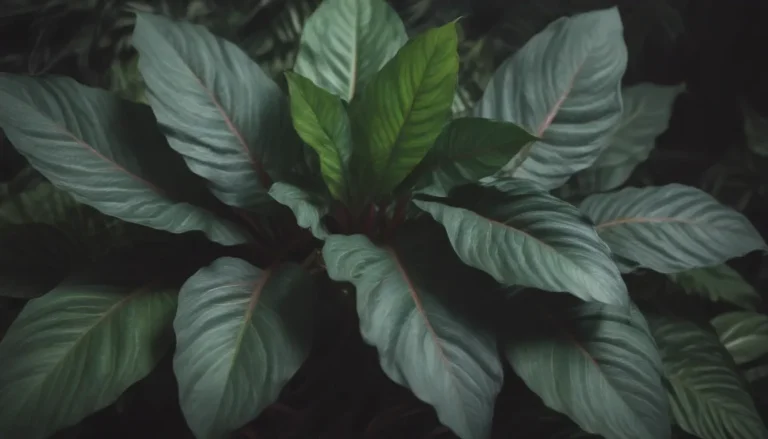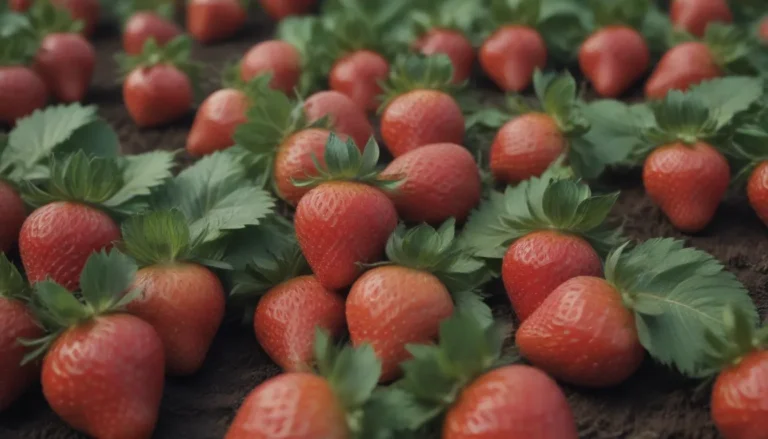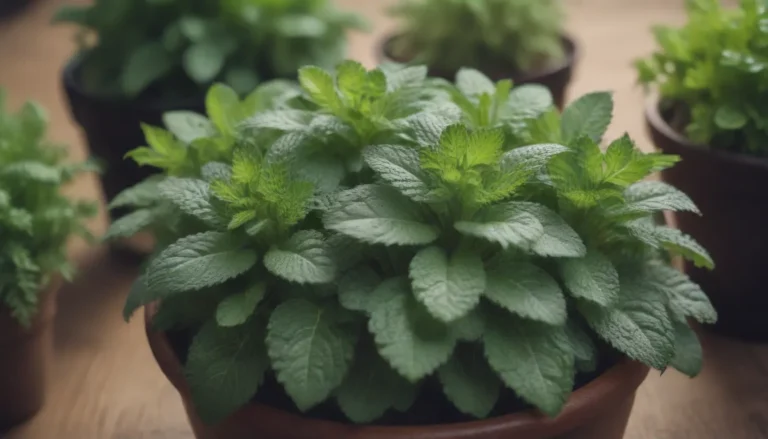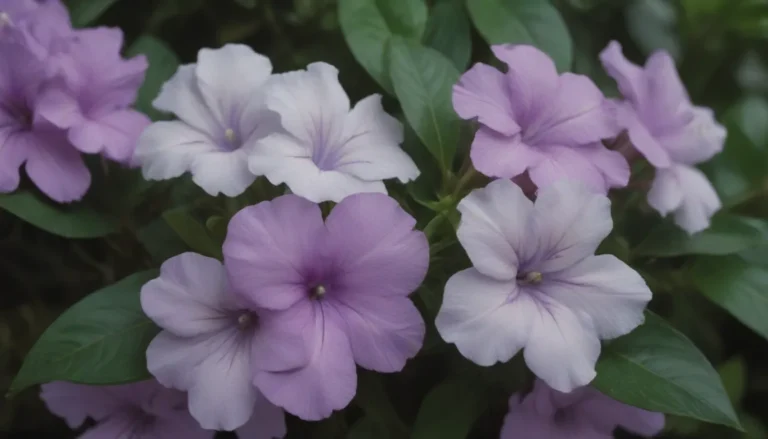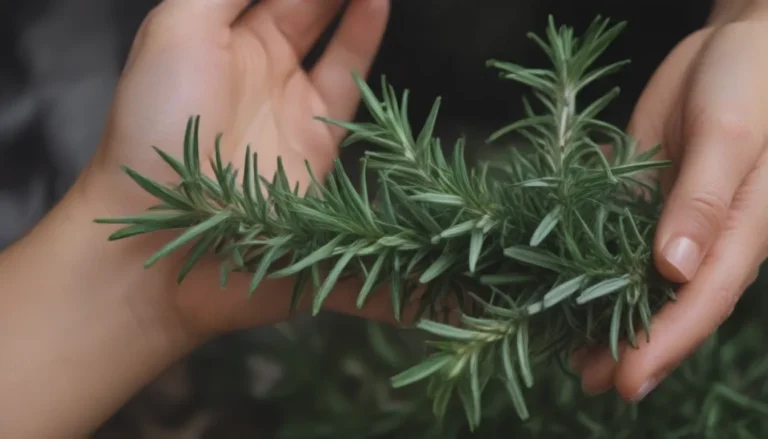A Guide to Safe Plants for Cats and Dogs
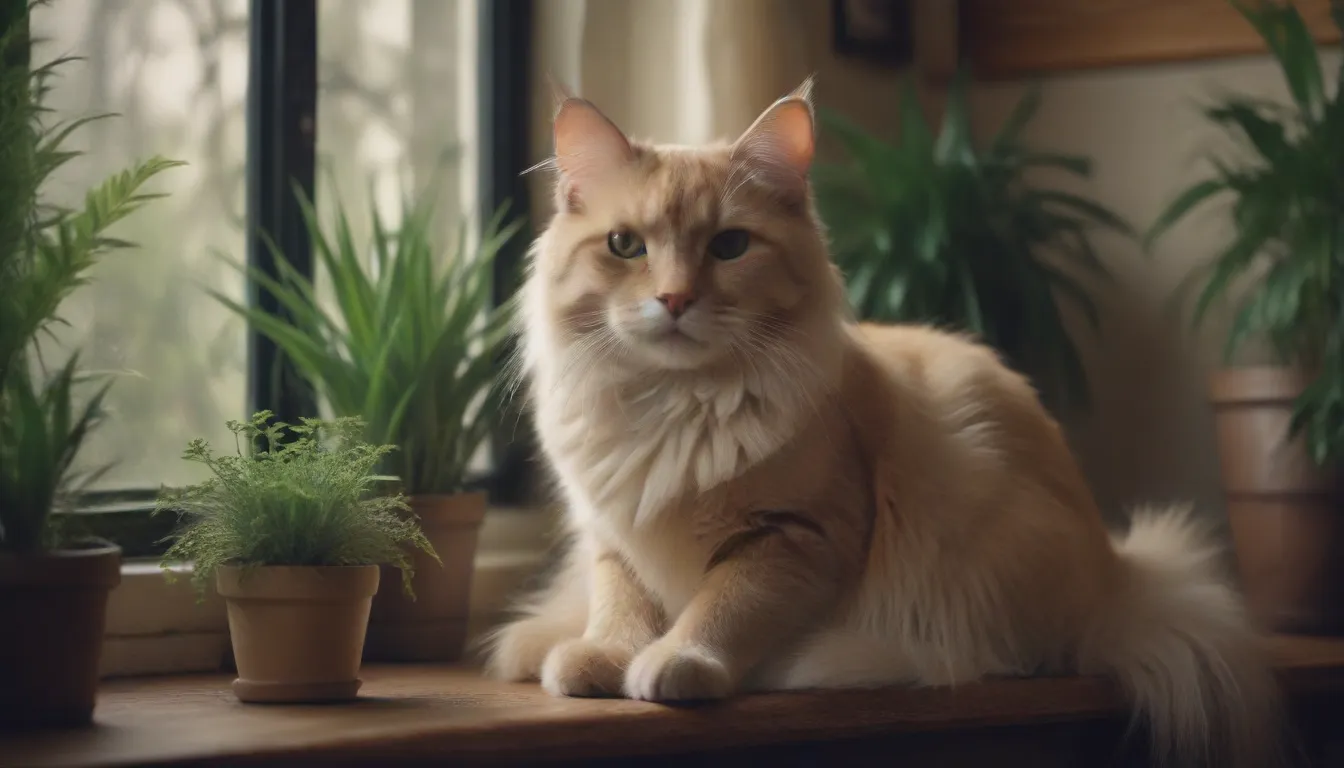
When it comes to keeping our furry friends safe from toxic plants, it’s important to be mindful of what we bring into our homes and gardens. Not all pets react the same way to certain plants, and what may be harmless to one animal could be dangerous to another. For example, while a dog might not have any issues with a day lily, a curious cat could suffer severe consequences from ingesting it. It’s crucial to be aware of which plants are safe and non-toxic for both cats and dogs to ensure their well-being and happiness.
In this comprehensive guide, we will explore a wide variety of safe plants that you can incorporate into your landscape and home without worrying about harming your beloved pets. From vibrant annual flowers to lush houseplants, there are plenty of options to choose from that will add beauty to your surroundings while keeping your furry companions safe.
Safe Plants for Cats and Dogs:
Here are some popular plants that are non-toxic to both cats and dogs, providing a safe and pet-friendly environment for your furry friends:
Zinnia:
- Add zinnias to your garden for a pop of color that is safe for your pets.
- The ‘Zahara’ series offers disease-free color and compact plants.
- Provide adequate sunlight and spacing to prevent mildew outbreaks.
African Violet:
- A favorite houseplant that produces ruffled flowers and picotee blossoms.
- Appreciates similar temperatures to humans and has fuzzy leaves that are safe for pets.
Areca Palm:
- Also known as the butterfly palm, this houseplant thrives in warm temperatures and high humidity.
- Requires minimal water and light while purifying the air, benefiting both you and your pet.
Bachelor’s Button:
- Easy-to-grow annual flowers that produce lovely blue blooms.
- Start seeds indoors or sow directly in average soil for a colorful addition to your garden.
Camellia:
- Blooms in winter and early spring with non-toxic leaves and flowers.
- Requires a sheltered spot with afternoon shade, good garden loam, and moderate moisture.
Marigold:
- Known for its pungent fragrance that acts as an insect deterrent.
- Easy to grow from seed and prefers long days of sunshine with rich soil and adequate moisture.
Snapdragon:
- Frost-tolerant plants that thrive in cooler weather with colorful flowering spikes.
- Safe for cats and dogs, making them a great addition to your garden or vase.
Grape Hyacinth:
- Safe to plant around pets and blooms beautifully in the spring.
- Plant them in the fall for enduring grassy foliage and attractive magenta flowers.
Haworthia:
- A safe succulent houseplant with striped, spiky foliage.
- Easy to grow in a sunny windowsill with minimal watering requirements.
Rose of Sharon:
- Prolific bloomers that thrive in tough conditions and produce hibiscus-like flowers.
- Non-toxic to cats and dogs, making them a low-maintenance and pet-friendly choice.
Ice Plant:
- Ideal for areas with sharply draining soil and attractive succulent leaves.
- Produces daisy-like blooms from spring until frost, safe for pets to be around.
Nasturtium:
- Spicy and peppery leaves and flowers that appeal to most pets.
- Grow best in full sun with mild temperatures, providing a bonus boost of vitamins A and C.
Peruvian Lily:
- A brilliant and long-lasting flower that is safe for both cats and dogs.
- Hardy to zone 7 with the addition of mulch for colder climates.
Coreopsis:
- Sterile, long-blooming varieties that thrive in poor, dry soils with non-toxic flowers and foliage.
- A favorite among gardeners for its low-maintenance and pet-friendly qualities.
Venus Flytrap:
- A curious plant that attracts attention with its sentient behavior.
- Harmless to pets, but effective at catching insects, requiring a mixture of peat moss and sand for optimal growth.
By choosing these safe plants for your home and garden, you can create a beautiful and pet-friendly environment that enhances the well-being of both you and your furry companions. Remember to always research plants before introducing them to your living space to ensure the safety of your pets. Enjoy the beauty of nature without worrying about harmful consequences for your beloved cats and dogs.
Citations:
– Lovely Lilies and Curious Cats: A Dangerous Combination. United States Food and Drug Administration.
– Kulkarni, K. and Zambare, M. The Impact Study of Houseplants in Purification of Environment Using Wireless Sensor Network. Wireless Sensor Network, vol. 10, pp. 59-69, 2018. doi:10.4236/wsn.2018.103003
– 10 Garden Plants that are Toxic to Pets. University of California at Davis Veterinary Medicine.
